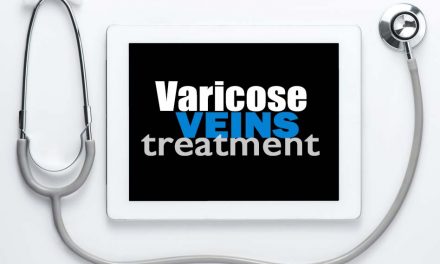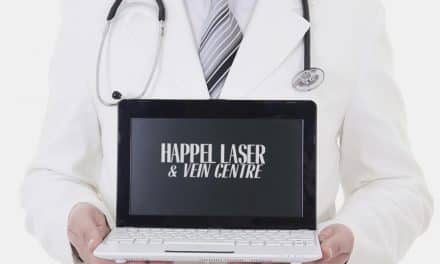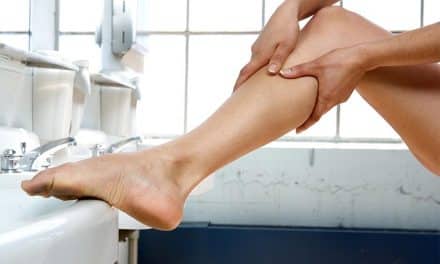
Can my pelvic pain be related to varicose veins?

To answer this question we need to know where abnormal and varicose veins come from. Although varicose veins are usually inherited, many people believe that they were caused by standing for long hours, wearing high heels, crossing their legs too much, or from walking on concrete or hard floors. These are wives’ tales and myths. The reason that most people get varicose veins is that the valves inside the veins start to leak which results in blood backing up and travelling in the wrong direction or refluxing by gravity down toward the feet. The valves leak because of a genetic or inherited factor which is also related to age.
Most varicose veins involve the saphenous veins in your legs. The great saphenous vein is affected in about 80% of people with varicose veins and the small saphenous vein refluxes in about 15% of affected individuals. However, some people have abnormal veins with refluxing valves which begin inside their abdomen or pelvis.
These veins can often extend to the vulva, buttock or uppermost inner thigh. Most women with this condition have had multiple pregnancies. It is believed that approximately 40% of women may suffer with this problem which presents as pelvic or flank pain, painful intercourse, and is often under diagnosed. These abnormal veins are seen by their surgeons in 35% of laparoscopies and at least 15% of hysterectomies.
Treatment by an interventional radiologist done without incisions to block off these abnormal veins is safe and effective in the majority of patients as long as the patients who have the procedures are carefully selected after the diagnosis is proven with the proper testing and exams. The degree of the doctor’s experience and expertise with treating the pelvic veins varies widely throughout the country so if you believe that you may qualify, it is important to make sure that your physician is experienced and interested in treating this problem.









